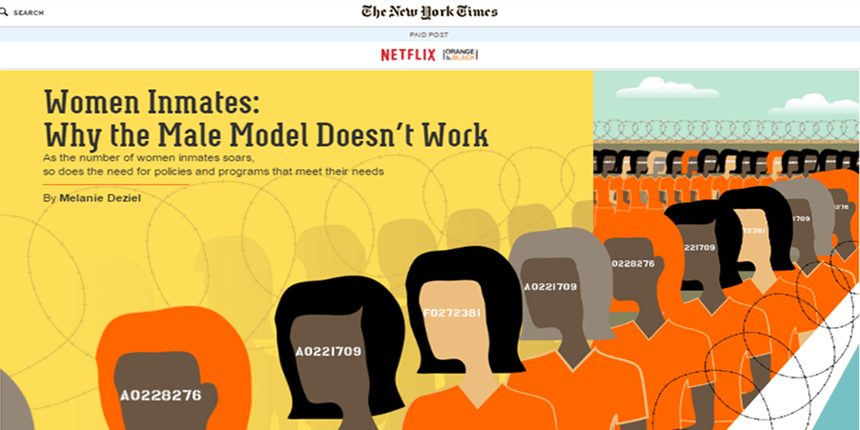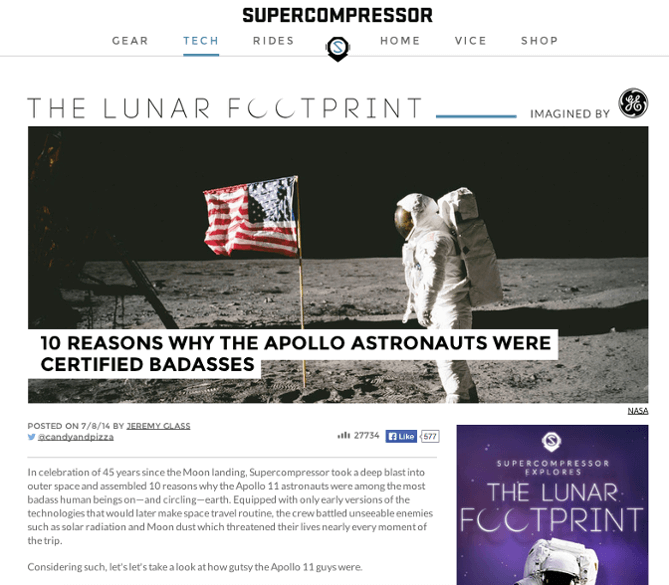Native Advertising – If You Build It Will They Come?
I hope Part I – The Art of Native Advertising has left you with a solid foundation in understanding native advertising. People often say, knowing is only half the battle. In this second and final instalment of this series, we will dive deeper to better understand best practices around building a campaign. This post will conclude by highlighting the potential impact native advertising can have on an organisation’s KPIs when this strategy is well executed.
No Two Ads Are Built the Same
Like a snowflake, no two native ads are equal. Just because an organisation decides to make the investment to pivot into native advertising does not guarantee success. There are many organisations that have been and will be, jumping on the bandwagon. As a marketer, this means you still need to craft the perfect product in order to cut through the noise and get noticed. Luckily, significant amounts of research have been conducted to establish the most effective ways to construct a native advertisement. Let’s take a closer look.
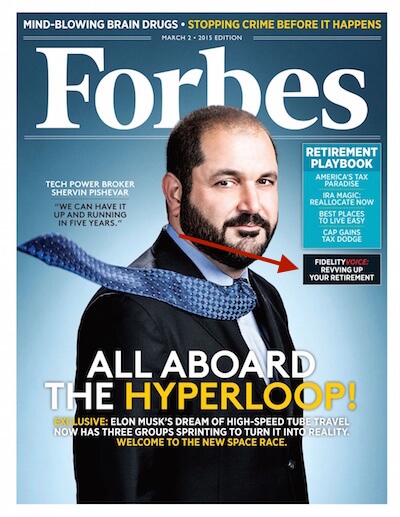
Caution: Contents May Be Toxic
Content provides an organisation with the opportunity to tell a story. There is no consolation prize for mildly capturing audience attention — reward your readers with a unique and engaging experience. If your content is memorable and creative it will help ensure that the visitor retains what they just digested and takes action on it. While the Forbes cover above has marketers talking, it also has readers looking (and buying) thanks to carefully placed native advertising content. Some tried and true best practices when creating native advertising content include:
- Attention-grabbing videos — brands have to engage within the first 15 seconds of a video or risk losing their audience. Native ads that feature videos have on average a 60% higher conversion rate than text-based content
- Produce timely content that is thought-provoking and generates discussion (for example leveraging something currently trending in the news or social media — see full NETFLIX New York Times Paid Post)
- Include calls to action that are subtle and do not dominate the reader’s attention
- Use language that is consistent with your audience and is positive in tone. Do your best to safeguard it from being misinterpreted by the audience
The Length
Thanks to smartphones, it was recently discovered that humans rival goldfish when it comes to our attention spans. Therefore, marketers have a very small window to capture the attention of the reader before they move onto the next thing. It is recommended that headlines in an article do not exceed 60-80 characters (think of a standard tweet and divide that in half).
Bonus points if you can find a way to organically fit numbers into your ad copy. Numbers take up fewer characters and are easier to consume, which helps with retention.
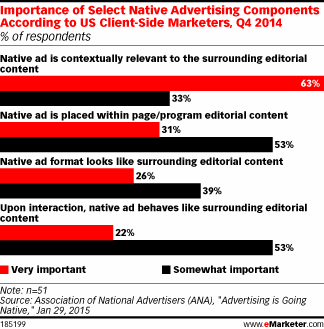
Stay on Target
Depending on who you want your marketing to reach and what your KPIs are, each of the six ad types can be equally effective. In an ideal world, it is a good idea to have multiple iterations of the same campaign tailored and targeted to each demographic. If (like most buyers) there is a budget, formats should be carefully selected based on the main segment you are focusing on. For example, in-feed ads may make sense for millennials since they are actively engaged with social media and the largest users of mobile devices. On the flip side, paid search ads which are historically unsuccessful with the ‘whipper-snappers’ may be highly effective with a more mature, less tech-savvy, demographic.
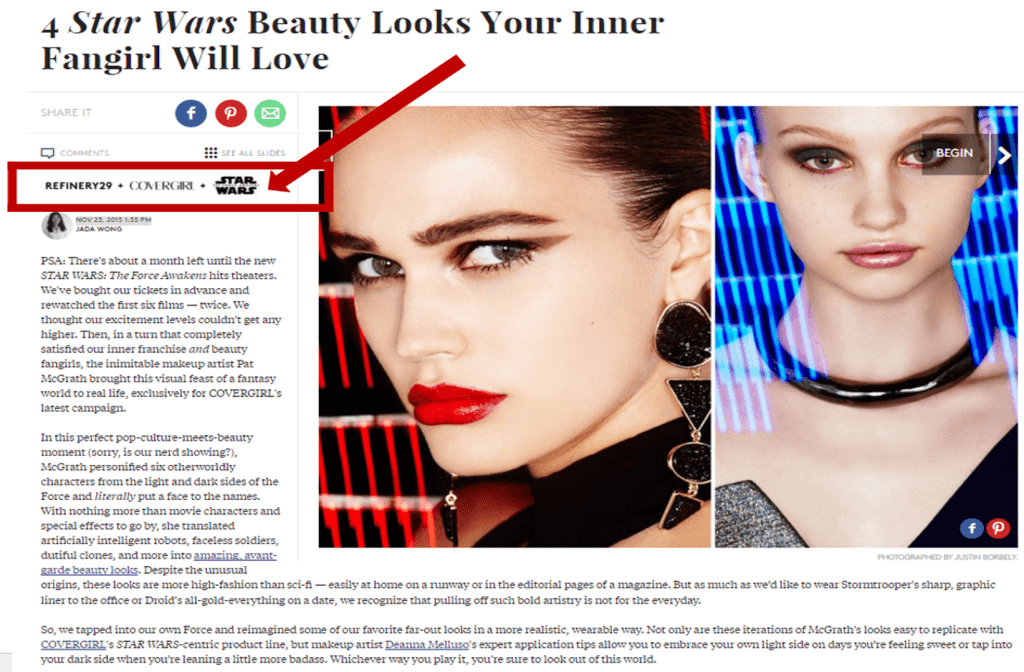
The Visuals
There is no secret visual formula, not even one that contains baby red pandas will guarantee engagement across all audiences. What people really care about is that the image is in the right context and that it is relatable and relevant. Use visuals that create an emotional and believable connection with what you are promoting. Make the consumer feel and experience something instead of just looking at the image. If you are using humans as your subjects, show a typical looking male consuming an iced cappuccino instead of the dreamy blue steel model posing next to something that would never be in his diet. Visuals will enhance your native ad but be sure not to hang your hat on it as the sole driver of success for a campaign.
From Zero to Hero
By this point, you may be comfortable considering yourself a bit of a native advertising champion. Unfortunately, change can be hard. Both technical and applied knowledge may not be enough to convince the other decision-makers in your organisation to do away with the old and usher in something ‘new’. If you start to encounter doubt, whip out these numbers and watch as the eyebrows raise and interest skyrockets:
- Native ads have approximately double the click-through rate of traditional ads (0.8% vs. 0.06% respectively). If you incorporate video into your strategy, these numbers can increase upwards to 12%
- Native ads registered 18% higher lift in purchase intent and 9% lift for brand affinity responses than banner ads
- It is common for native ad campaigns to have a 1,000+ ROI or higher
With a resume like that, what do you really have to lose? Get in touch with DAC to find out more!
